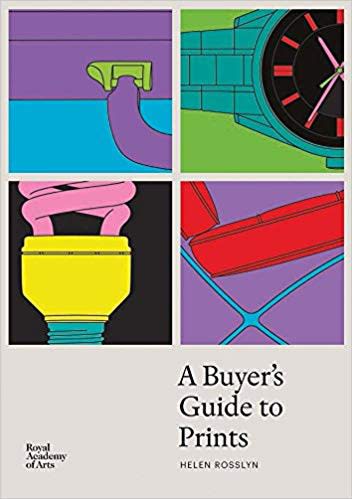Etching
Explore prints from our Exhibitors
William Wynne Ryland
Jupiter and Leda, 1758
Etching on laid watermarked paper.
38.8 x 47.4 cm
15 1/4 x 18 5/8 in
(sheet)
15 1/4 x 18 5/8 in
(sheet)
After François Boucher (1703 - Paris - 1770). Etched proof before engraving and all letters.
Vistavka Fine Art
Stand S10
Stand S10
Literarature: Jean-Richard 1535 (I/IV) ; Le Blanc 6 ; Portalis & Beraldi III, 2nd part, p.417 ; Ananoff 1742 (ill.fig.672, p.336); Joubert 1821 vol.III, p.32. Very fine impression in its...
Literarature: Jean-Richard 1535 (I/IV) ; Le Blanc 6 ; Portalis & Beraldi III, 2nd part, p.417 ; Ananoff 1742 (ill.fig.672, p.336); Joubert 1821 vol.III, p.32.
Very fine impression in its etched state before all letters, trimmed within platemark. Watermark: Double-headed eagle.
It is after the painting exhibited at the Salon in 1742, now in the collection of the National Museum of Stockholm (inv. NM771).
Ryland stayed in Paris for around five years, studying drawing under François Boucher, and engraving under Jacques Philippe Le Bas. During his stay Ryland produced several engravings after Old Masters and Boucher. On returning to England, he lived in London and excelled in the trade of engraving, becoming an engraver to the king. However, after some risky business decisions he declared bankrupt in 1771. In 1783 he was found guilty of forgery and imprisoned. Several months later he was hanged at Tyburn leaving behind a wife and six children.
Very fine impression in its etched state before all letters, trimmed within platemark. Watermark: Double-headed eagle.
It is after the painting exhibited at the Salon in 1742, now in the collection of the National Museum of Stockholm (inv. NM771).
Ryland stayed in Paris for around five years, studying drawing under François Boucher, and engraving under Jacques Philippe Le Bas. During his stay Ryland produced several engravings after Old Masters and Boucher. On returning to England, he lived in London and excelled in the trade of engraving, becoming an engraver to the king. However, after some risky business decisions he declared bankrupt in 1771. In 1783 he was found guilty of forgery and imprisoned. Several months later he was hanged at Tyburn leaving behind a wife and six children.
Join Our Mailing List
* denotes required fields
We will process the personal data you have supplied in accordance with our privacy policy (available on request). You can unsubscribe or change your preferences at any time by clicking the link in our emails.





 A Buyer's Guide to Prints
A Buyer's Guide to Prints